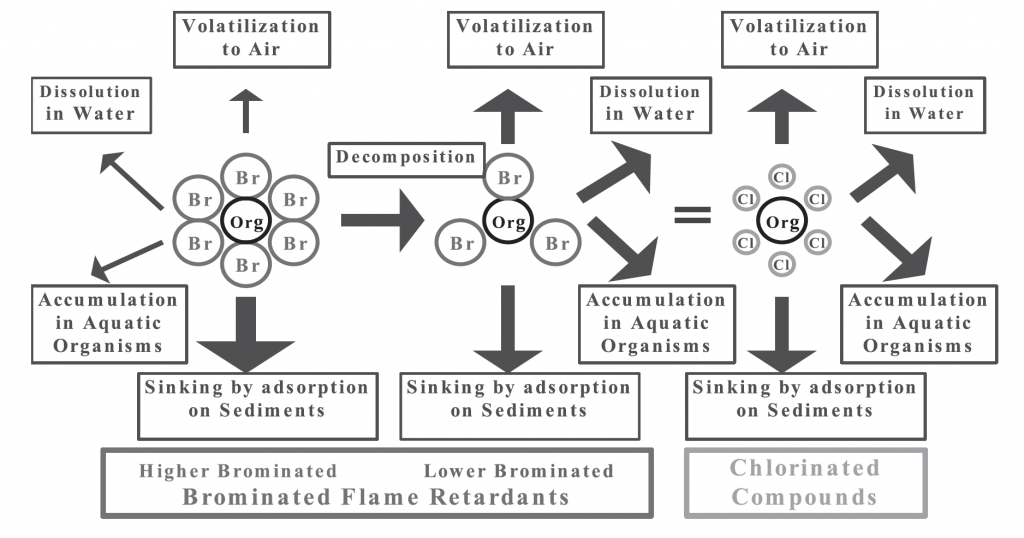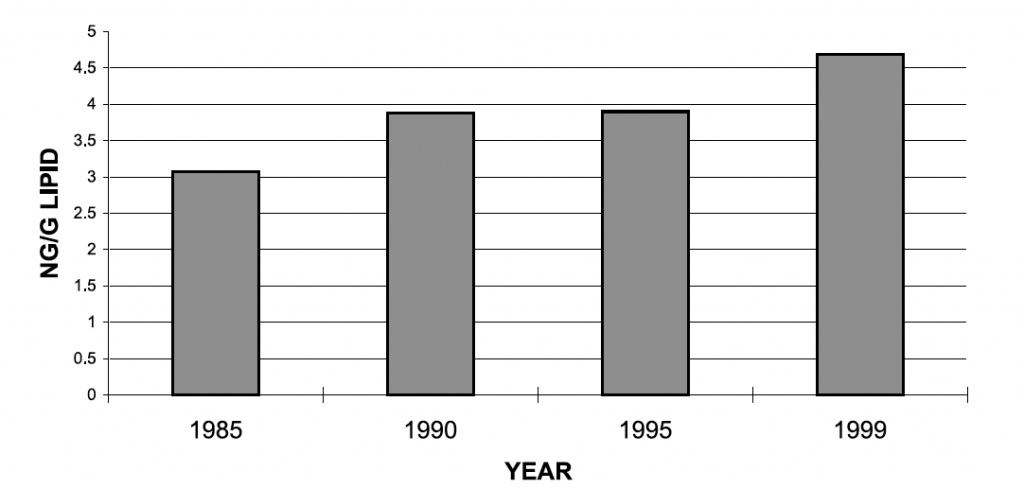Author: Enea Rossetti
Introduction
Fire has been one of the most revolutionary discoveries for human beings. It immediately became something of great value for humans. It gave protection, for example from cold, but also from enemies and predators. Today the opinion about fire is very different, almost the opposite. People in principle are afraid of it, both because of the effects it can cause on the body and because of the destructive effects it can have on things (structures, goods, vegetation, etc.). More and more, people considered fire as an element to keep under control. At first it was enclosed in chimneys, then various extinguishing media and appropriate rescue services were developed. Then people went further and invented substances that try to limit the effects of fire on things, known as “flame retardants”. The purpose of these substances is to counteract the spread of fire by hindering combustion reactions, to reduce damage and risk as much as possible. At first impression, therefore, we might think that these substances are our friends, and indeed, if we consider their effectiveness in saving lives and reducing economic damage, we can say that they are by our side. But as it is often the case, we must investigate further to find downsides even in the things that protect us, such as the use of these substances. Since 1970s there has been a huge boom in the production and use of flame retardants worldwide. Manufacturing industries started applying these substances to all kinds of products, as they were considered to bring safety to customers. The construction, electronics and transport industries have been the main users of flame retardants. Around the 2000s, however, people became more skeptical about these products because of toxic substances found in the environment, in animals, food, households and even in humans. These emitted substances were related to flame retardants. In principle, very low concentrations of dioxin were involved, which could not even be considered as dangerous, but still theoretically as toxic. In view of the enormous development of trade in these substances, some of these products were restricted or banned in the early 2000s. At the same time, new, increasingly specific, and effective regulations have been introduced to reduce the side effects of these substances.
The 4 steps in the flammability process
When a polymer ignites there are four steps that follow one another. The first step is “preheating” in which the material is brought to a high temperature by an external source, at which combustion is encouraged but not yet triggered. Then comes “decomposition” in which the material begins to degrade, losing its properties. In this phase, various gaseous products are developed. At this point we proceed to “ignition”, which is the ignition of gases through oxidation. From this point, if there is enough heat, the flame no longer needs the external source, and the material burns on its own. We are therefore in the “combustion and propagation” phase. Figure 1 shows this process in a schematic way.
As already mentioned, flame retardants act precisely in these phases, trying to delay the next steps to prevent combustion and propagation.

The 4 main categories of flame retardants
Inorganic flame retardants: When the material burns, these flame retardants decompose and produce non-flammable gases, which, when mixed with flammable gases, limit their ability to burn. They also decompose and form a thin layer on the burning material and prevent the access of oxygen and heat (essential for the combustion process).
Halogenated organic flame retardants: With the help of these flame retardants, hydrogen and hydroxide are removed from combustion. Thus, by removing the radicals and replacing them with Br or Cl molecules, the fire is retarded.
To this category belong bromine flame retardants, which are a major source of toxic emissions and for which many new standards have been introduced. At the same time, these substances show very interesting advantages due to their cost-effectiveness, processability, miscibility and minimal influence on the mechanical properties of the material to which they are applied. To give an order of magnitude, it is estimated that the consumption of brominated flame retardants in 2002 was about 150,000 tons/year (of which 25% was used in Europe).
Phosphorus containing flame retardants: In this case, the flame retardant oxidizes during combustion to create phosphorus oxide, which interacts with the water emitted by the material and become phosphoric acid. The latter induces a rapid release of water from the substance being burned, making it a residue that no longer burns and limiting the production of flammable gases. These flame retardants are considered a good substitute for bromine flame retardants, as they produce significantly less emissions.
Nitrogen containing flame retardants: During combustion, these flame retardants produce gases which form a thin insulating layer. This means that the entry of heat necessary for combustion is not guaranteed and the material cannot burn.
It is important to emphasize how these flame retardants behave to understand how they work. The aim is to use substances which intervene in one of the first stages of flammability by limiting the heating rate, to delay or avoid actual combustion. For this reason, there are two main ways of acting. The first consists of limiting the access of oxygen to combustion through the production of non-flammable gases. The second involves the energy which is taken up by the flame retardants and removed from combustion, to reduce temperatures and prevent ignition.
Flame retardants can be used in the form of additives (which easily release substances into the environment), finish and surface coatings, comonomers and polymeric structures.
Collateral effects of flame retardants
Although flame retardants (mainly bromine and chlorine based) are known to emit toxic substances, it is still difficult to determine the pathways these substances follow (in Figure 2 the main emission ways are shown). For this reason, they should be thoroughly monitored, reconstructing logical pathways such as material dumps, industrial production areas, releases from residential zones, major fires, etc.

Concentrations in air tend to be very low but cannot be underestimated. In water, on the other hand, higher concentrations can be found, meaning that aquatic ecosystems are more affected by these toxic substances. In fact, traces can be found in animals, such as fish, mammals and birds.
The effects of these substances can be slight reduction in memory and learning capacity. Similarly, some immuno-toxicity and neuro-toxicity (especially for exposures in the period of neuronal development) have been observed.
These concentrations may also be harmful to humans, especially as they have continued to increase in the last decades. It has been found that traces of these substances are often diet-related, and indeed, in Germany, traces (increasing over time as shown in Figure 3) have been found in the blood of tested patients. The food richest in these toxic substances is fish, which, as mentioned, intake the substances in water.

Future challenges
Since the 2000s, when the restrictions started to emerge, there has been discussion about sustainable flame retardants. The problem with these products is that they must be applied in large quantities to be effective against fire and this leads to a reduction in the mechanical properties of the substrate material.
Around 50% of fire deaths are related to breathing in smoke and gases. For this reason, we cannot allow harmful gases to be produced from substances added to a material that should reduce the impact of the fire on humans. It is precisely for this reason that new substances must be developed, to better protect people, without intoxicating them or having short- or long-term health impacts.
References
Eli M. Pearce and R. Liepins, Flame Retardants, Environmental Health Perspectives , Jun., 1975, Vol. 11 (Jun., 1975), pp. 59-69, https://www.jstor.org/stable/3428325
Ali I. AL-MOSAWI, Flame retardants, their beginning, types, and environmental impact: a review, Journal of Silicate Based and Composite Materials, 2021, https://doi.org/10.14382/epitoanyag-jsbcm.2022.01
Li Chen and Yu-Zhong Wang, A review on flame retardant technology in China. Part I: development of flame retardants, Polym. Adv. Technol, 2009, (www.interscience.wiley.com) DOI: 10.1002/pat.1550
Ike van der Veen, Jacob de Boer, Phosphorus flame retardants: Properties, production, environmental occurrence, toxicity and analysis, Chemosphere, 2012, http://dx.doi.org/10.1016/j.chemosphere.2012.03.067
Robin J. Law, Levels and trends of brominated flame retardants in the European environment, Chemosphere, 2006, doi:10.1016/j.chemosphere.2005.12.007
Cynthia A. de Wit, An overview of brominated flame retardants in the environment, Chemosphere, 2002
Isao Watanabe, Shin-ichi Sakai, Environmental release and behavior of brominated flame retardants, Science direct, 2003, doi:10.1016/S0160-4120(03)00123-5
Linda S. Birnbaum and Daniele F. Staskal, Brominated Flame Retardants: Cause for Concern?, Environmental Health Perspectives, 2004, doi:10.1289/ehp.6559
Per Ola Darnerud, Toxic effects of brominated flame retardants in man and in wildlife, Science direct, 2003, doi:10.1016/S0160-4120(03)00107-7
https://www.bafu.admin.ch/bafu/en/home/topics/chemicals/info-specialists/chemicals–regulations-and-procedures/flame-retardants.html